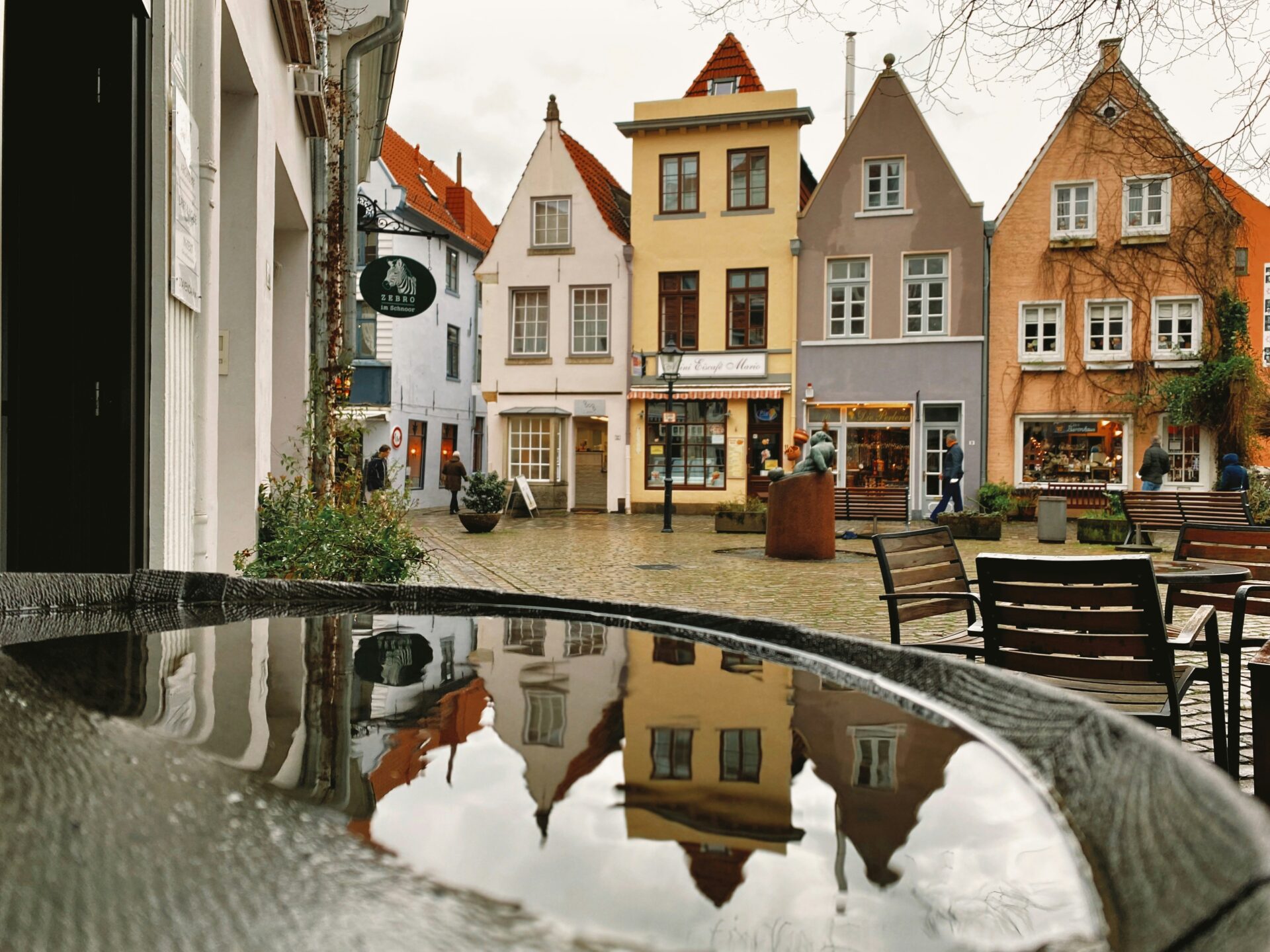Every time I wander through the Schnoor Quarter in Bremen’s old town, I’m struck by how much the vibe shifts with the seasons. The narrow streets, half-timbered houses, and tiny shops always have something special about them, but the mood and the light? They change completely from spring to autumn.
Honestly, I lean toward spring for walking the Schnoor. The softer light, blooming flowers, and fresh, lively atmosphere just draw me in. Still, autumn has a calm beauty—warm tones and a hushed feel that are a dream for photos.
When I stroll these centuries-old alleyways in spring, sunlight really pops the colors and details on the old buildings. Autumn, though, throws a golden glow over everything, making the Schnoor feel quieter and somehow more peaceful. Both seasons have their perks for photos and soaking up the history, but the experience just isn’t the same.
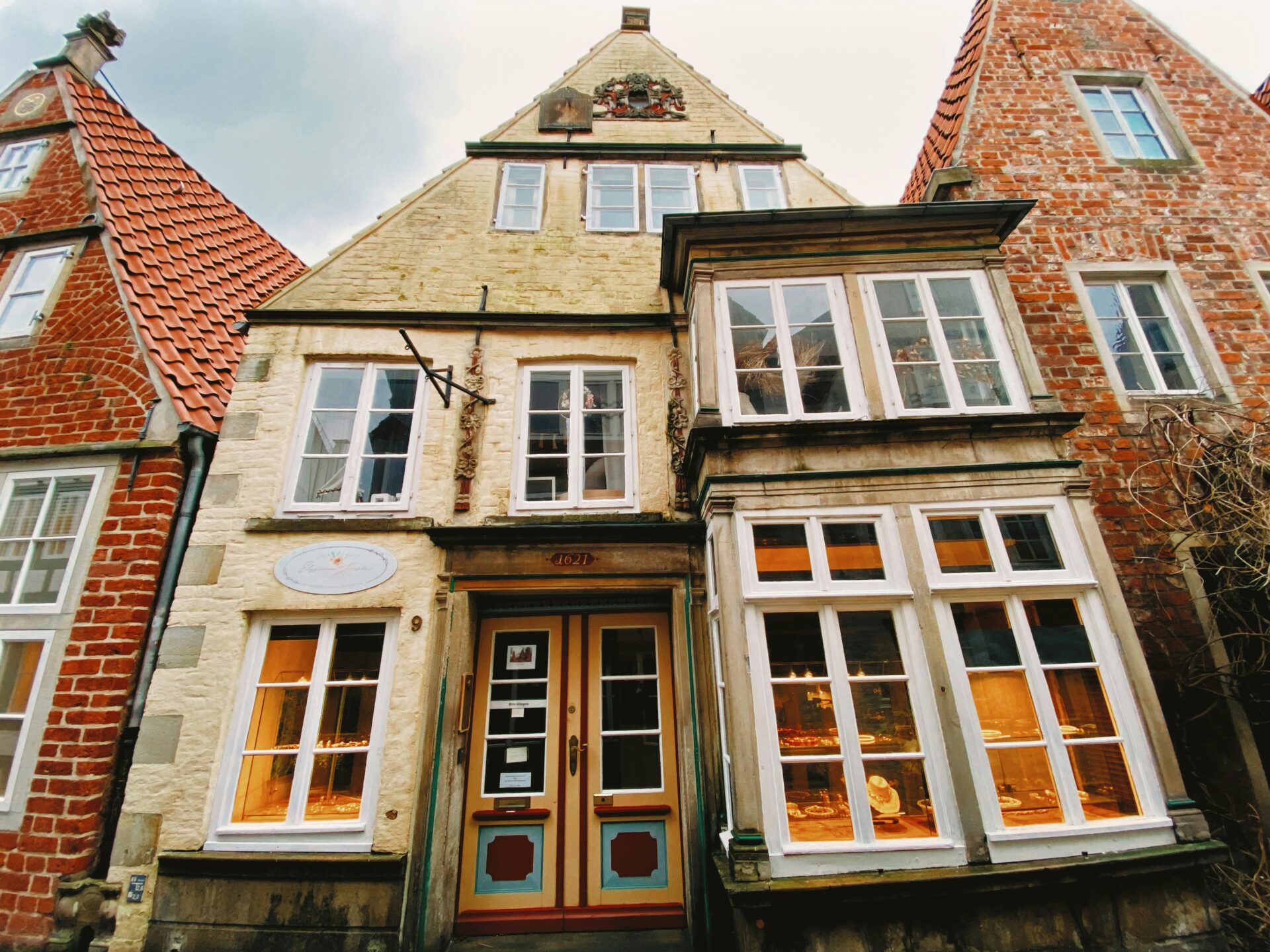
A Brief History of the Schnoor Quarter
Bremen’s oldest district, the Schnoor Quarter, really tells the story of the city’s growth. Its medieval street plan, half-timbered houses, and deep roots in trade and religion offer a real window into Bremen’s past.
Origins and Evolution
The name “Schnoor” comes from the German word for “string,” since the houses line up so tightly along the winding lanes. The area started taking shape back in the 13th and 14th centuries at a crossing near the Weser River. Back then, fishermen, boat builders, craftsmen, and traders called it home.
Franciscan friars arrived later, building a monastery and what’s now St. Johann Church. For ages, the Schnoor stayed a modest residential area, closely tied to Bremen’s maritime life. The compact layout shows how folks squeezed every bit out of the space.
By the 20th century, Schnoor had become one of the poorer corners of Bremen. The narrow streets just didn’t work for cars and modern life. But the district survived, and that’s why it still has its unique historical character today.
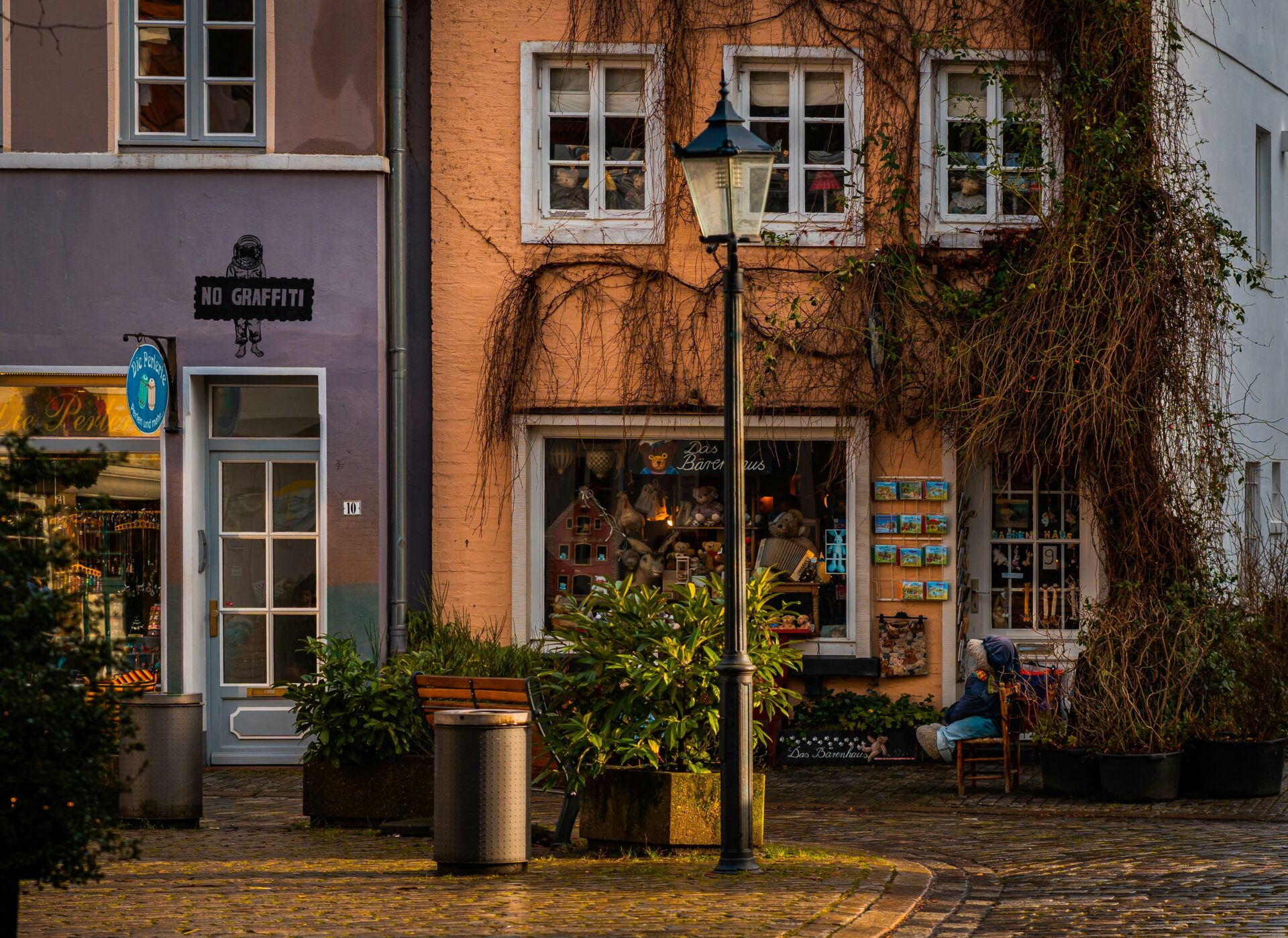
Preserved Architectural Highlights
One of the first things I always notice in the Schnoor are those half-timbered houses—many dating back to the 15th and 16th centuries. They’re small, painted in soft colors, with exposed wooden beams. It’s classic Northern German medieval style.
Some highlights worth checking out:
- St. Johann Church: Built on the old monastery site, still a key landmark.
- The “Wedding House”: A tiny, photogenic building now used for weddings.
- Rows of historic homes, many now home to artisan shops, cozy museums, and friendly cafés.
Restoration teams have managed to keep most original structures intact. The way the buildings cluster together keeps the medieval charm alive, and it’s so easy to explore on foot.

Role in Bremen’s Cultural Identity
For me, Schnoor is more than just old buildings. It’s a symbol of Bremen’s roots. As the city’s oldest district, it connects the present to centuries of history, drawing locals and travelers who love heritage.
Artisans and craftspeople keep old trades alive in small workshops. Cafés, galleries, and specialty shops fill the ground floors, mixing tradition with daily life.
Festivals, music, and guided tours often center around Schnoor. Because the district avoided major war damage and heavy modernization, it stands out as a rare slice of old Bremen, blending medieval charm with today’s culture.
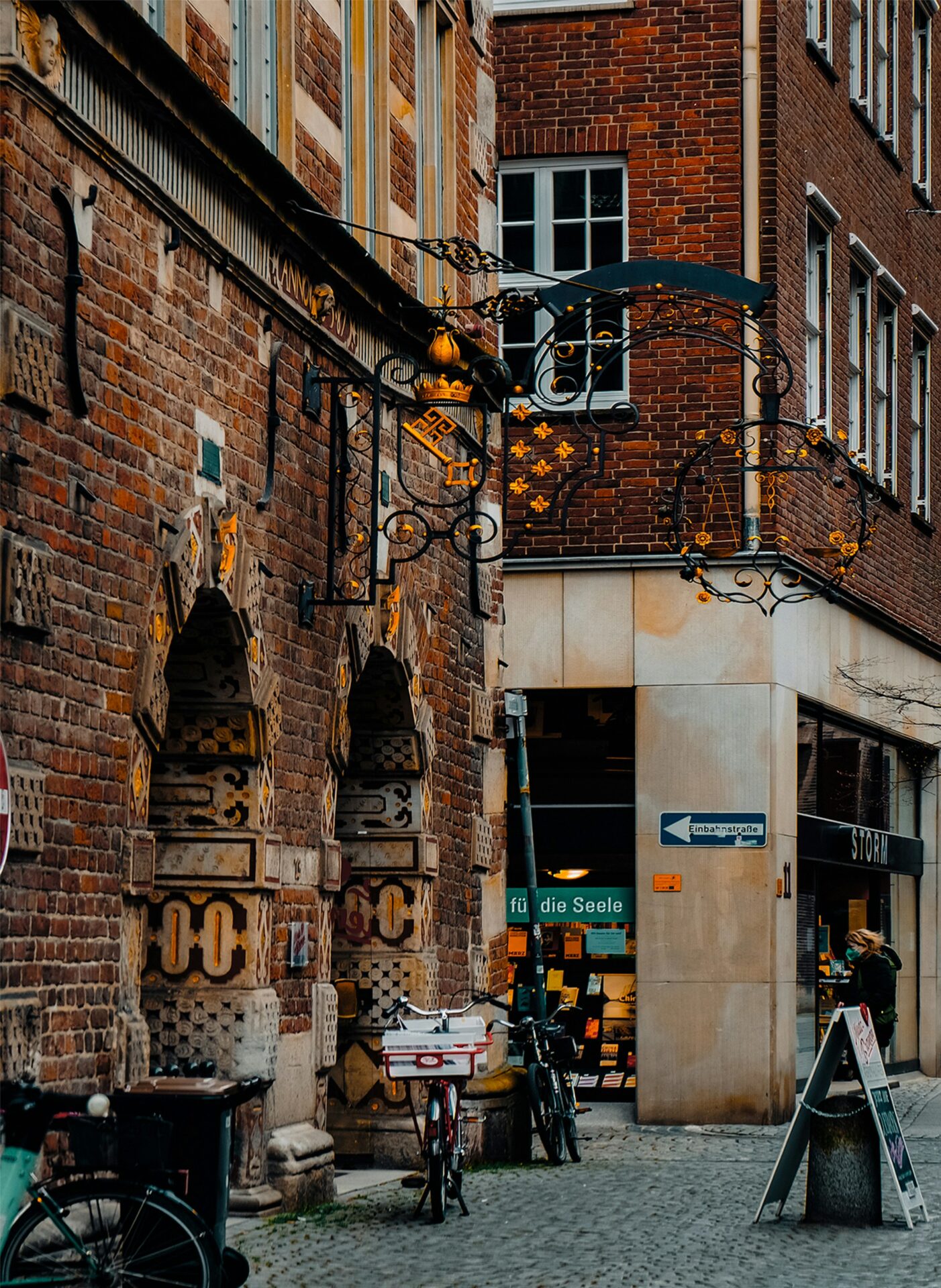
Atmosphere in Spring Versus Autumn
Spring and autumn really transform the Schnoor Quarter, from the weather to the way people use the space. Each season shapes the mood, the light, and even what’s happening in the city center.
Seasonal Temperatures and Climate
Spring brings a gentle warmth after the long winter. Days stretch out, and I can get away with just a light jacket. Flowers pop up, green leaves return, and the sun casts a soft, bright light that flatters the old buildings. Sometimes there’s a breeze, and I’ve learned to expect a few rain showers.
Autumn cools things down. The air turns crisp by late September, and evenings can get downright chilly. Leaves go gold and red, giving the alleys a mellow, earthy vibe. Rain still shows up, and I notice more overcast skies as autumn deepens.
Here’s a quick look at typical temperatures:
| Month | Avg High (°C) | Avg Low (°C) |
|---|---|---|
| March | 9 | 2 |
| May | 17 | 8 |
| September | 18 | 10 |
| November | 9 | 3 |
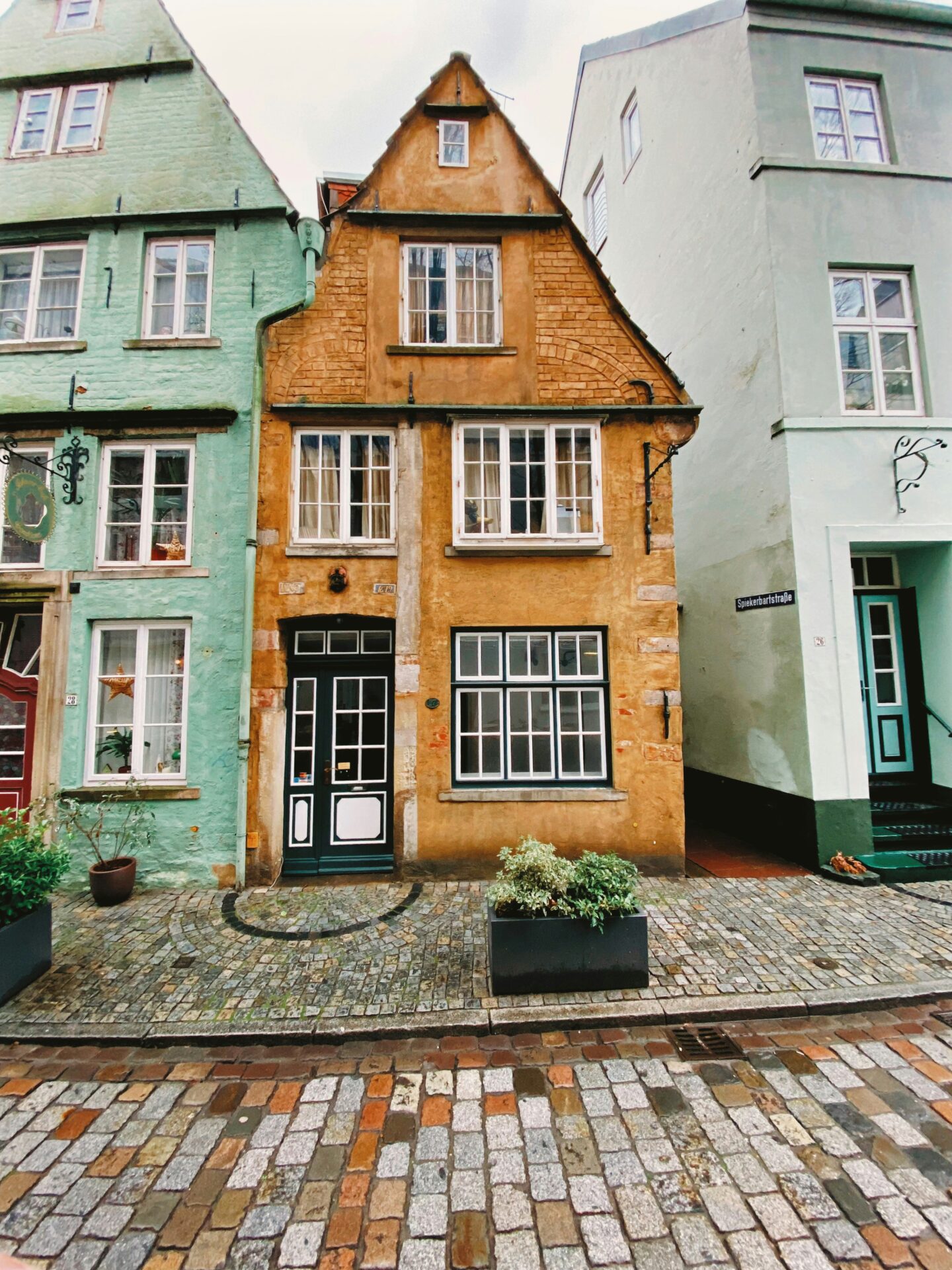
Local Activities and Events
Spring wakes up the city center. Markets spill into the square, selling flowers, crafts, and local goodies. Outdoor cafés and packhaustheater events return, perfect for sipping coffee or catching a show. Public transport fills up as everyone comes out of hibernation.
Autumn brings a different energy. I find seasonal festivals—harvest parties, art events—drawing smaller but enthusiastic crowds. Markets swap flowers for pumpkins, roasted nuts, and hot drinks. People move from outdoor terraces to cozy indoor corners, but the quarter stays lively. Theater nights at packhaustheater fit the moodier evenings.
Changes in the Neighborhood’s Character
In spring, the Schnoor Quarter feels fresh and open. Flower boxes show up on windows, vines start their climb, and shops get ready for tourist season. Longer daylight means I can explore side streets, and there’s just more cheer in the air.
Autumn softens everything. The light gets golden, and the cobblestones and half-timbered houses look extra photogenic. Leaves crunch underfoot, and shops put up seasonal displays. Things slow down, making strolls more peaceful.
Each visit, I feel the difference—spring’s buzz or autumn’s relaxed, colorful calm.

Photogenic Light and Visual Appeal
Light really changes the look and feel of Schnoor’s cobbled streets and twisting alleys. Different times of year bring different qualities of light, and that totally affects photos and how the district’s details pop.
Golden Hour Differences
In spring, golden hour hits earlier in the morning and a bit later in the evening. The light feels soft and gentle, spreading a warm, even glow over the winding streets and old buildings. Shadows stretch out but stay subtle, so details don’t get lost.
Autumn’s golden hour is something else. The light turns deep and rich, with the sun sitting lower and casting bolder shadows. Textures jump out—old stone, uneven pavement, weathered doors. That golden sunlight mixed with autumn leaves is just magic for photos.
A quick comparison:
| Season | Color Temperature | Shadow Quality | Effect on Cobbled Streets |
|---|---|---|---|
| Spring | Softer, lighter gold | Long, gentle shadows | Smooth, pastel-colored photos |
| Autumn | Deep, rich gold | Short, dramatic | More texture, stronger contrasts |
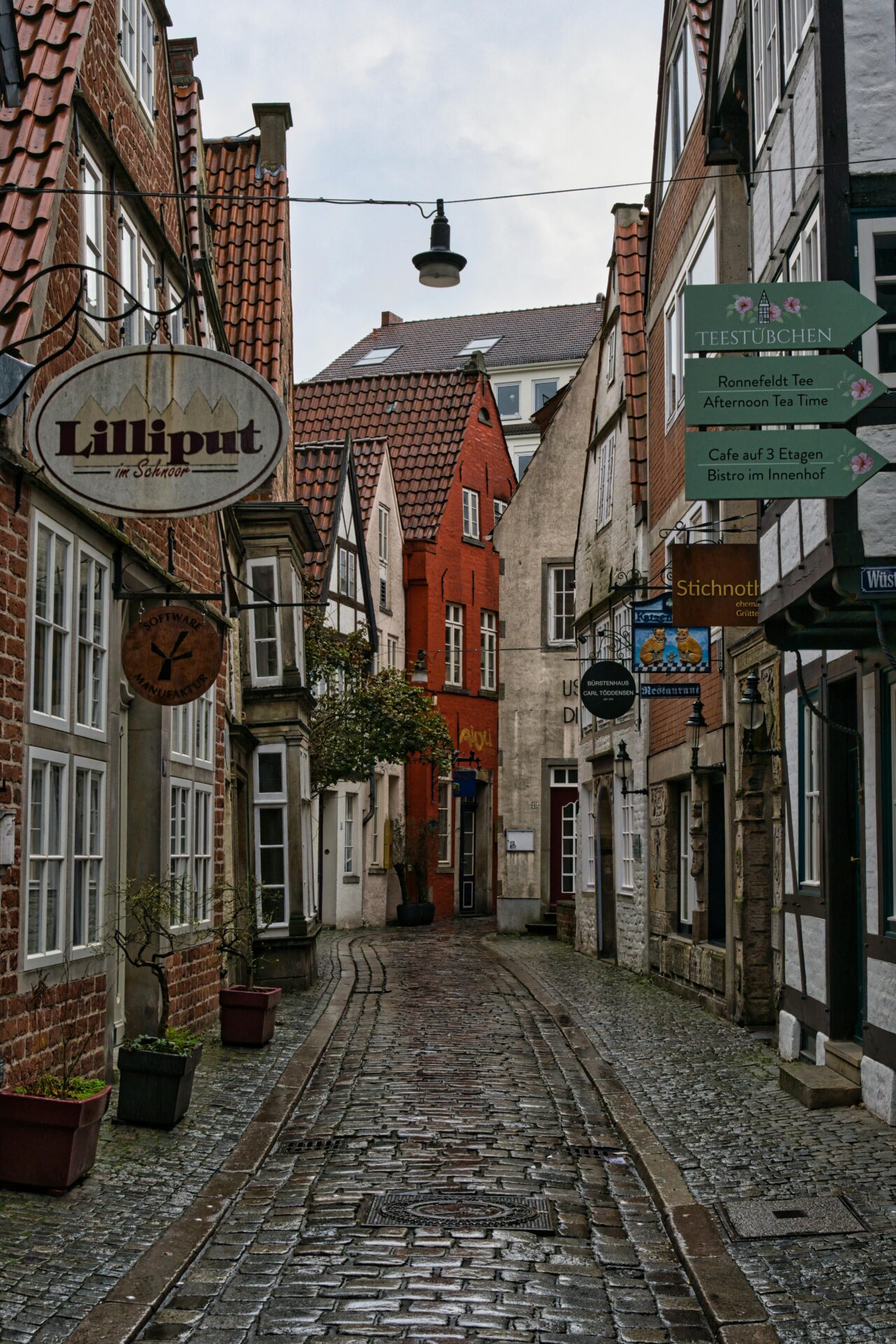
Seasonal Changes in Natural Light
Spring sunlight feels clear and almost see-through. It brightens up the painted facades, window art, and blooming plants tucked into corners. Cloudy days keep the light soft, which helps avoid harsh glare on cobblestones—great for catching little details.
In autumn, the sun sits lower all day. The light slants in, highlighting rough walls and paving stones. Everything glows warmer, and hidden courtyards fill up with honey-colored light. Art and decorations stand out against the more muted backdrops.
The light can change fast—clouds roll in, rain passes, and suddenly a sunbeam will make even an ordinary alleyway come alive.
Tips for Capturing the Best Photos
If you’re keen on photography, here’s what works for me:
- Show up early or stick around late for the best golden hour hues.
- Look for reflections on wet cobblestones after rain—especially pretty in autumn.
- Frame your photos with history—old doors, hanging art, or quirky shop signs.
- Use tight alleyways and courtyards for dramatic light and shadow.
- Wait out the weather; a quick burst of sun after clouds can make colors pop.
Paying attention to the light can help you highlight the Schnoor’s best sides and take photos that really capture its spirit.
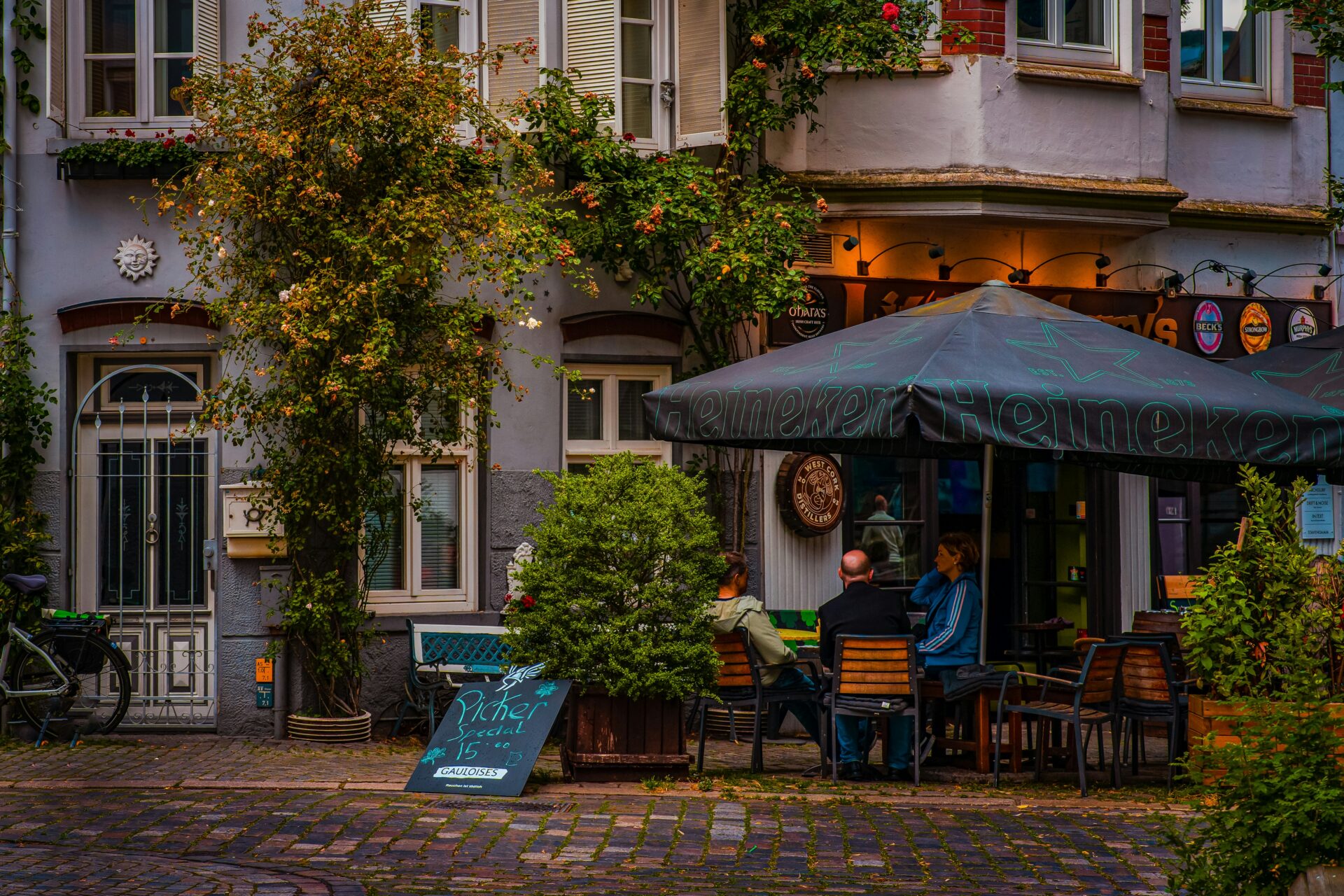
Cafés, Restaurants, and Traditional Specialities
Schnoor Quarter is packed with cozy places to relax, eat, and get a real taste of Bremen. There’s this great mix of old-school bakeries, snug cafés, and restaurants serving everything from German classics to world flavors.
Cozy Cafés and Coffee Culture
No matter where I turn, I spot little cafés tucked into the narrow lanes. Brick walls, timber beams, and soft lighting make these spots feel extra inviting—especially when it’s chilly outside. The coffee smells amazing, and the atmosphere just begs you to slow down.
People linger over cappuccinos or hot chocolate, especially when morning light pours through the windows. Some cafés have vintage touches and quiet corners, perfect for long chats or just watching the world go by.
I’ve had some of my best moments here, enjoying cakes fresh from the bakery. Friendly staff and a laid-back pace make every break feel like a treat.
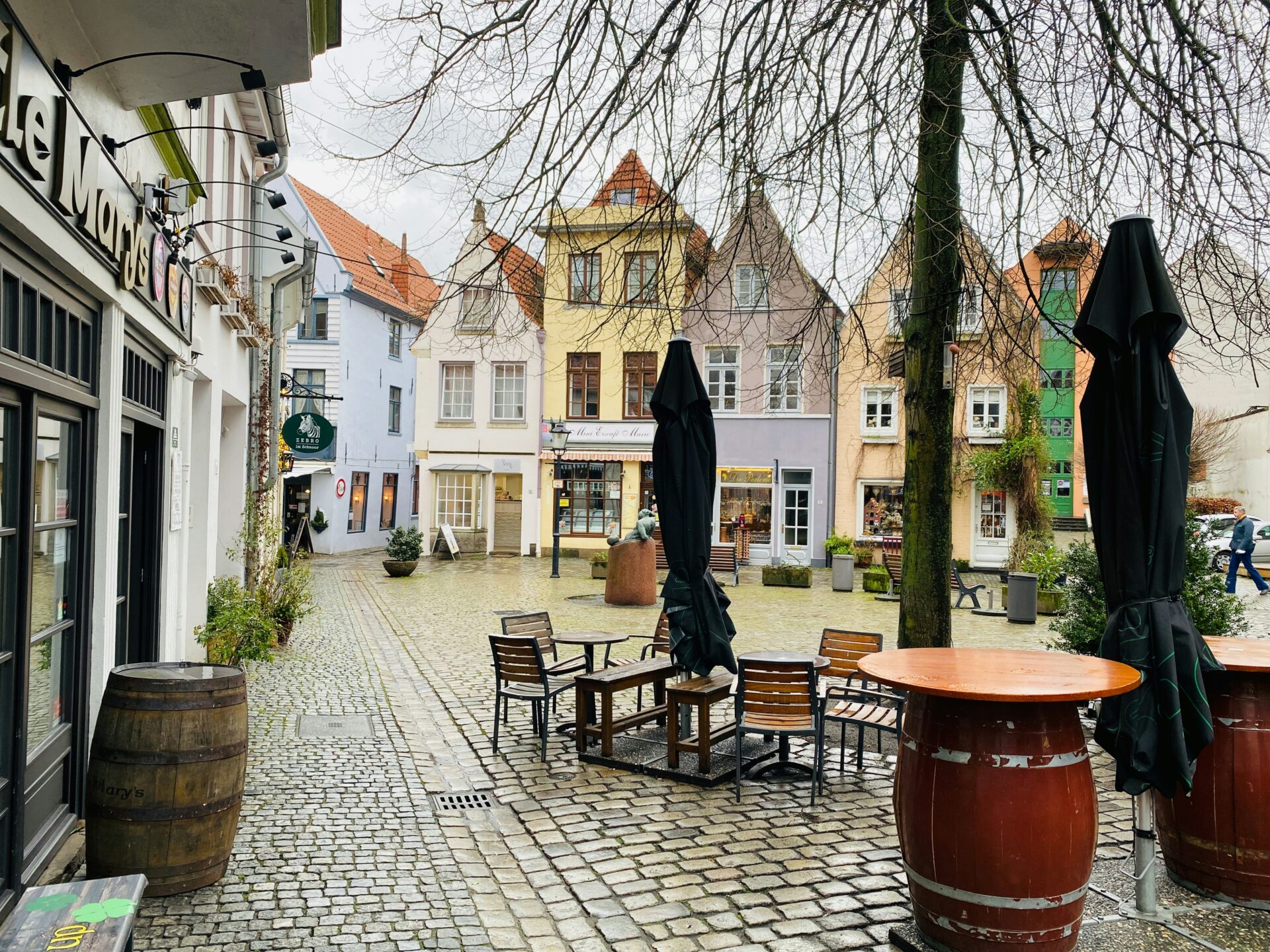
German and International Dishes
Restaurants here serve up classic German comfort food—think homemade soups, schnitzels, roasted meats—but you’ll also find lighter salads or pasta.
A bowl of lentil soup or roast pork with potatoes really hits the spot on a cool autumn day. Vegetarian and vegan options are popping up more, too, so there’s something for everyone.
You’ll spot Italian, French, or Mediterranean dishes on many menus. I like having the choice between a hearty German meal or something lighter, depending on my mood or the season.
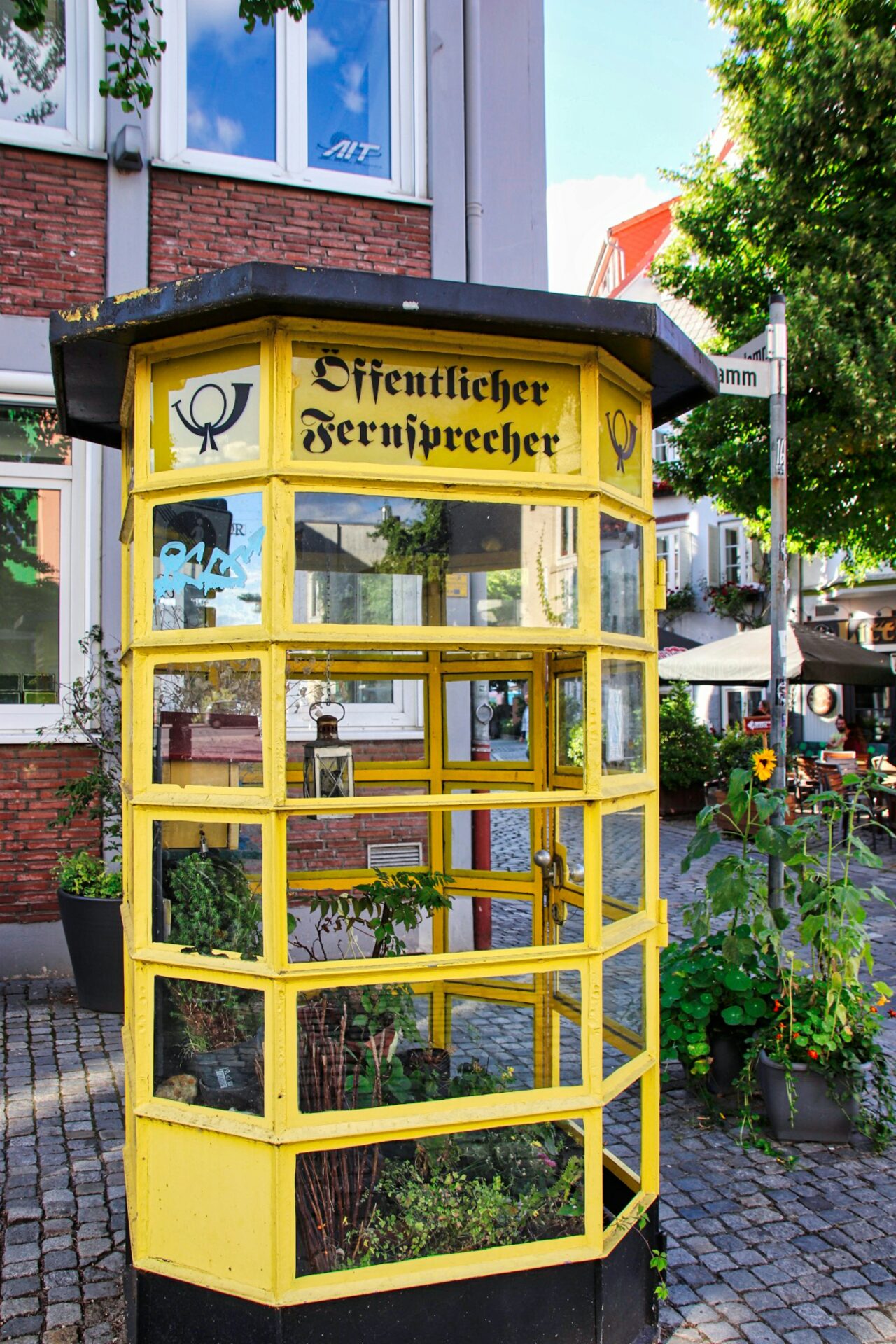
Bremen Specialties and Sweets
Local bakeries and shops are the place to try Bremen treats. “Bremer Klaben,” a fruity, marzipan-filled loaf, is a must with coffee. Most cafés serve it, along with other unique sweets.
“Babbeler” and “Kluten” are classic Bremen candies—sweet, sometimes minty, and perfect for souvenirs. I always grab a small bag to take home.
If you’re hungry for something savory, look for “Labskaus” (a mix of corned beef, potatoes, and beetroot) or “Knipp” (a hearty sausage and oats dish). These traditional plates give you a real taste of Bremen’s history, and they fit perfectly in the cozy, historic Schnoor setting.
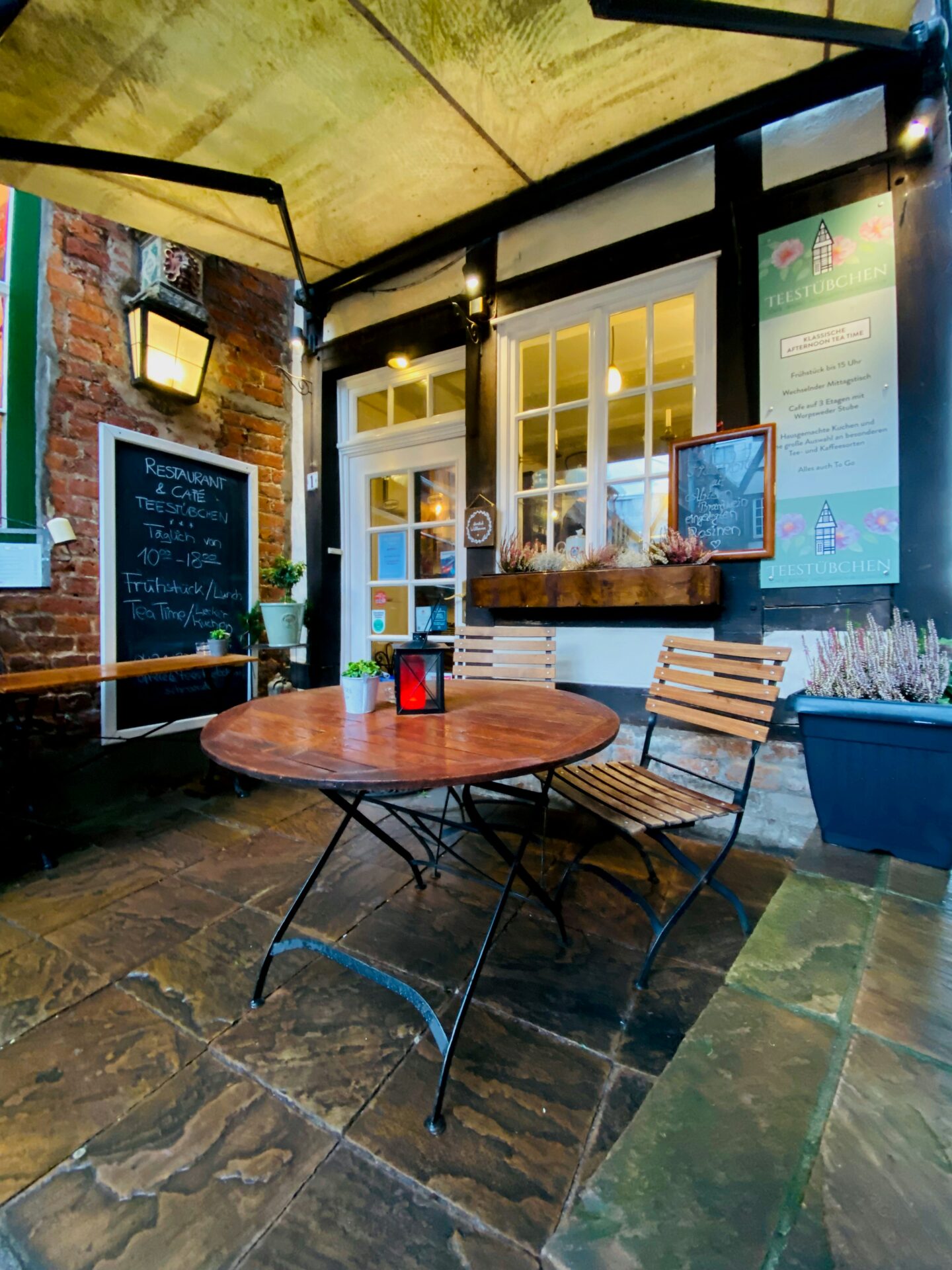
Art, Crafts, and Shopping Experiences
Walking through the Schnoor Quarter, I find more than just charming streets. The creative shops, local artists, and quirky museums tucked along the lanes offer experiences that feel personal and, honestly, pretty memorable.
Boutiques, Craft Shops, and Galleries
Schnoor bursts with color and character thanks to its tiny boutiques and quirky craft shops. I love spotting artisans at work—sometimes right in the shop window—making everything from hand-painted pottery to those fuzzy felted wool creations.
It’s pretty common to see big windows that let you peek into their creative process. Watching craftspeople shape their products feels like a little show in itself.
Art galleries here keep things interesting, bouncing between modern pieces and traditional crafts. Some focus on Bremen’s own artists, while others host guests from elsewhere.
I always step inside, even if just for a few minutes. Each shop and gallery has its own vibe—some feel cozy and tucked away, others are bright and airy.
There’s honestly something for everyone and for every wallet, whether you’re after a simple handmade card or an original painting. Spring brings open doors, street easels, and displays that spill onto the cobbles.
But when autumn rolls around, the atmosphere shifts. The pace slows, and shopping feels a bit more relaxed.
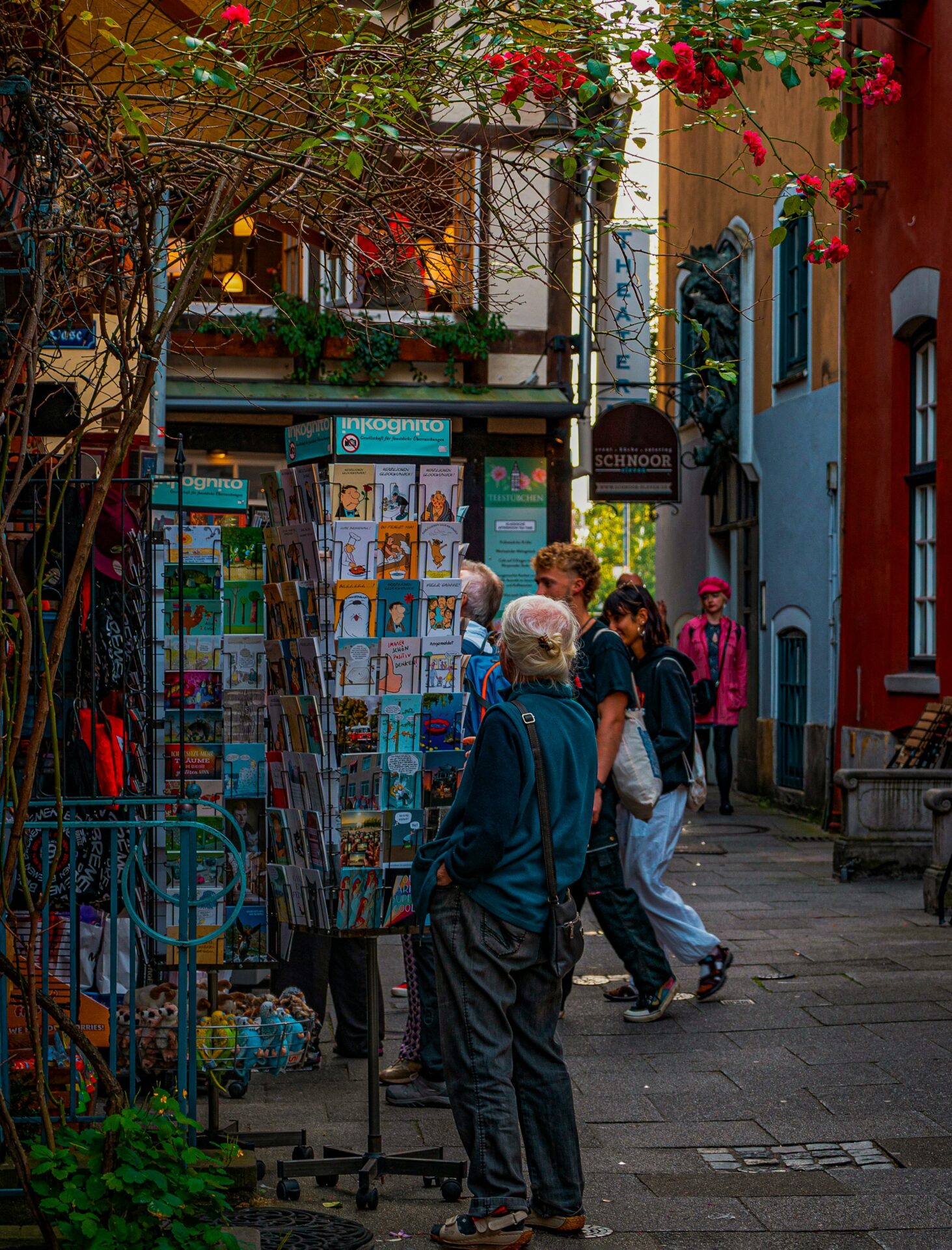
Local Souvenirs and Handcrafted Jewellery
When I want a souvenir that actually means something, I hunt for things made right here by local hands. Handcrafted jewellery is everywhere—shops are full of silver, amber, and glass pieces.
A lot of the designs nod to Bremen’s famous Town Musicians or pull inspiration from Schnoor’s medieval look. It’s a fun way to take a bit of the city home.
You’ll also find small sculptures, hand-carved wooden toys, and porcelain figures shaped like city landmarks. I’ve spotted decorated tins of Bremen sweets, printed fabrics, and indie art prints that capture the winding alleys perfectly.
To help you compare, here’s a quick rundown:
| Type of Item | Common Materials | Notes |
|---|---|---|
| Jewellery | Silver, amber, glass | Often inspired by Bremen icons |
| Toys & Sculptures | Wood, ceramic | Hand-carved, locally made |
| Art Prints & Cards | Paper, canvas | Schnoor street scenes, city motifs |
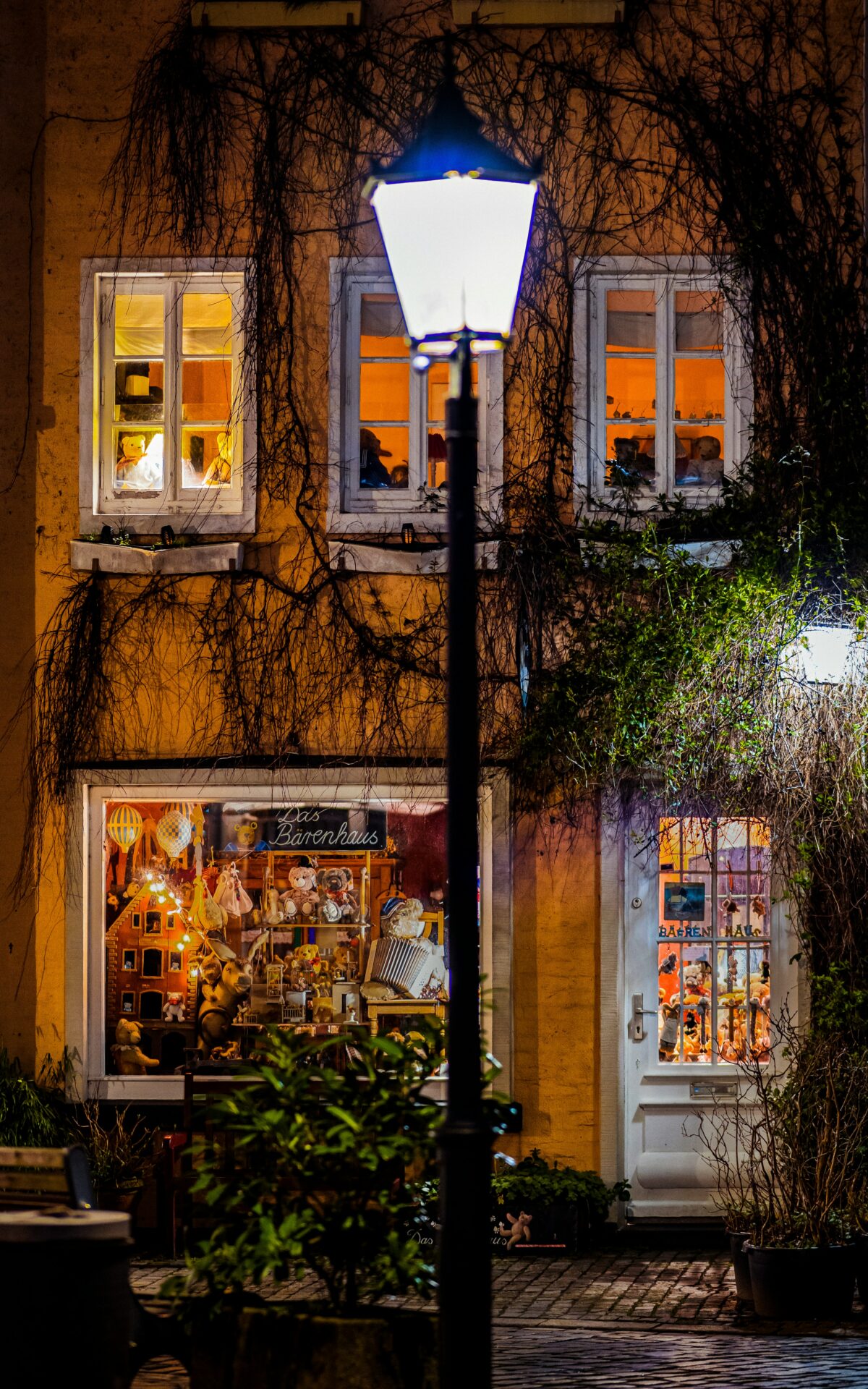
Museums and Cultural Venues
Schnoor’s museums may be small, but they’re surprisingly fascinating. I always make time for the Bremen Story House, where you can walk through lifelike scenes and interactive displays that bring Bremen’s history to life.
Each room feels like a stage set, and you can wander from one time period to the next. It’s a bit like time travel, honestly.
The old Franciscan Monastery sometimes hosts art exhibits and concerts. The medieval stone walls and those narrow windows create a magical mood, especially when sunlight pours in during spring or the leaves outside glow golden in autumn.
Schifferhaus sits a bit off the radar, but it’s worth a look if you’re curious about Bremen’s maritime past. These venues, along with the smaller galleries, offer a great break from shopping and add some real culture to a stroll through the quarter.
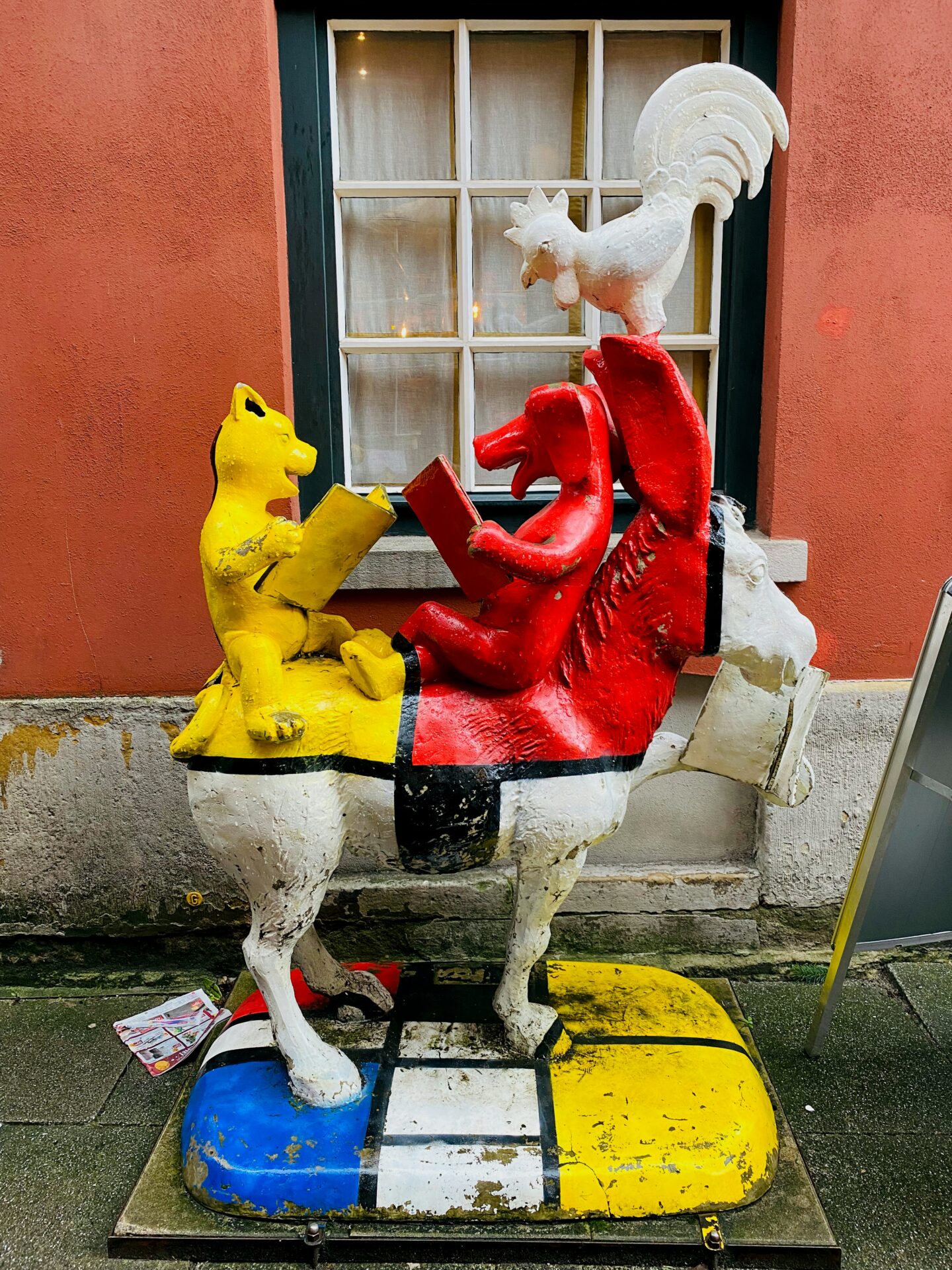
Exploring the Schnoor Quarter on Foot
Walking through the Schnoor Quarter lets you experience Bremen’s oldest district up close. The twisting alleyways, cobblestone streets, and layers of history make this place best explored on foot.
Walking Tours and Guided Experiences
Whenever I visit, I like to join a walking tour. Guided tours dig into the area’s past as a fishermen’s quarter, and local guides have the best stories about how Schnoor went from one of Bremen’s poorest spots to its most photogenic.
Tours usually swing by the narrowest lanes, old half-timbered houses, and big landmarks like St. Johann Church. Some even dive into the city’s trading history and Schnoor’s changing role over the centuries.
I find these tours give real context and color to the neighborhood. If you’d rather wander solo, self-guided walks are easy to follow.
You’ll spot signs and maps along the way, and plenty of shops and cafés welcome you to pop in as you go.
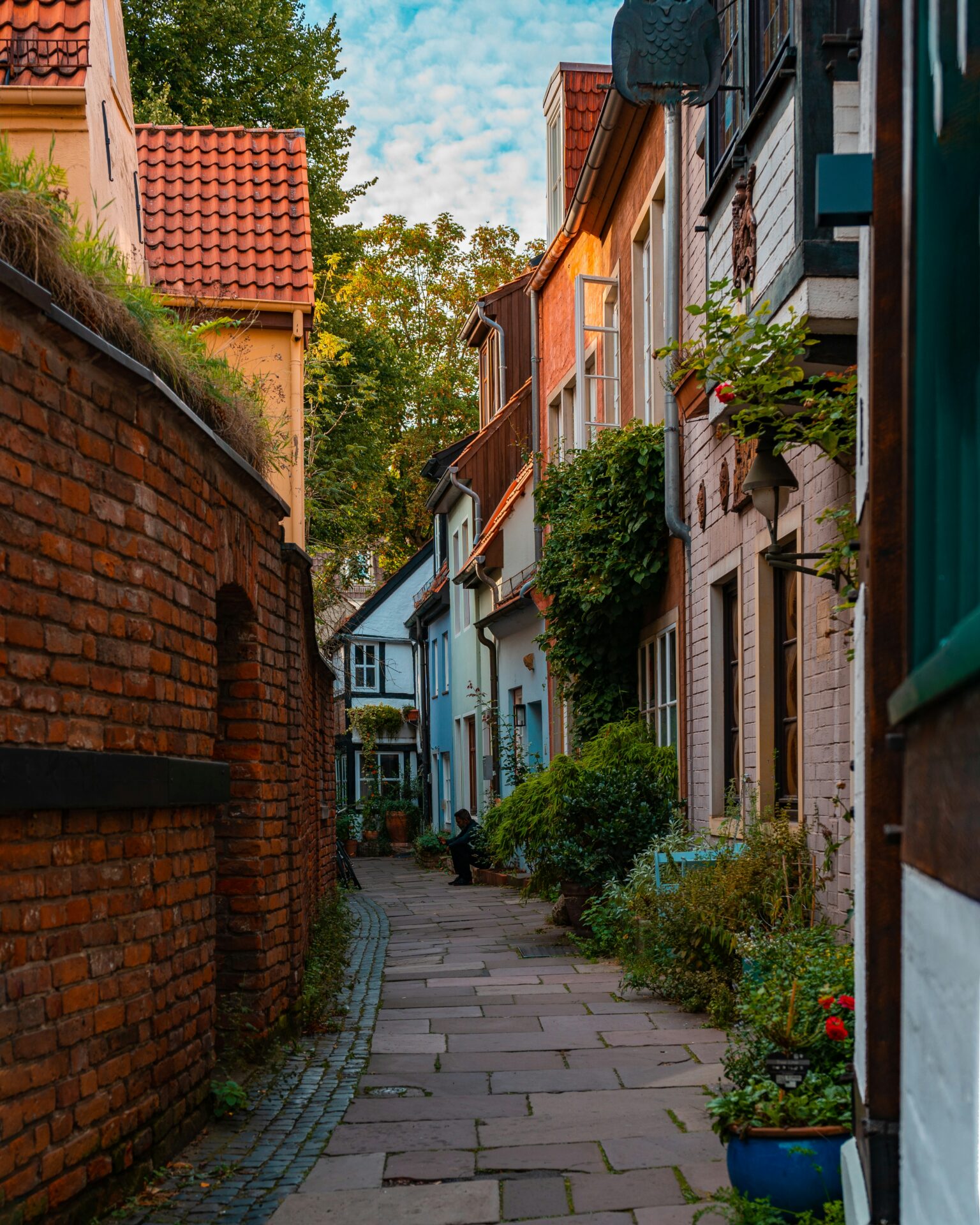
Navigating Narrow Alleys and Cobblestones
Schnoor is famous for its tiny, twisting alleys that feel like something out of a storybook. Some are so narrow you can stretch out your arms and touch both sides at once.
These little streets are lined with houses from the 15th and 16th centuries. I can’t help but recommend sturdy, comfy shoes with good grip.
The cobblestones look lovely but get slippery when wet and can be tricky underfoot. Walking here means slowing down and staying aware of where you step.
Cars don’t get in, so the area stays quiet and safe for strolling. I especially notice the peaceful vibe in the early morning or late afternoon, when the crowds thin out and the light gets soft.
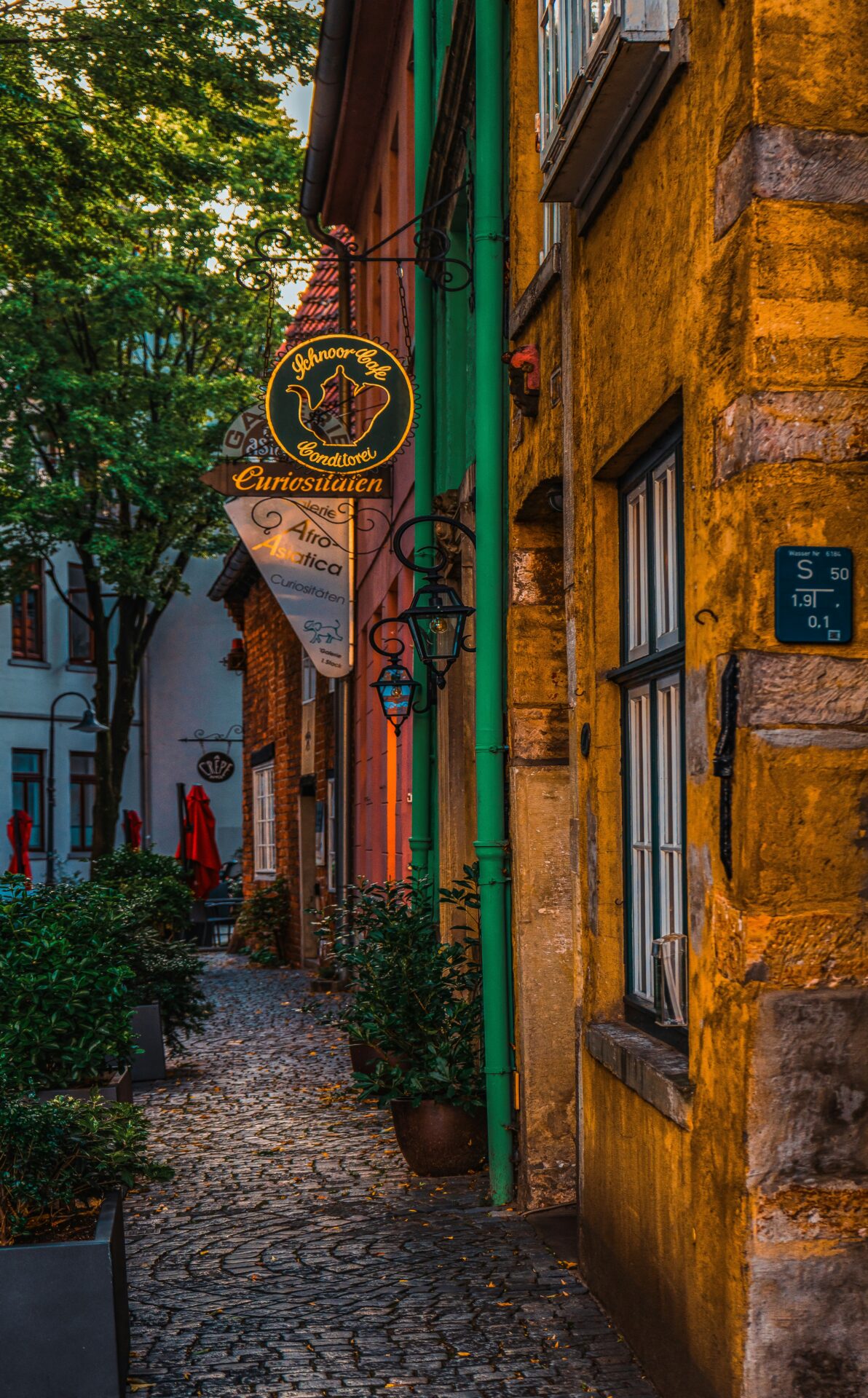
Access Points and Public Transport
Getting to the Schnoor Quarter from Bremen’s city centre? Honestly, it’s a breeze. Most people start at Domsheide—a lively square that’s always buzzing with trams and buses coming and going.
Whenever I’m in Bremen, I just walk from Domsheide to Schnoor. It only takes a few minutes, and I usually spot the Weser River along the way.
You’ll find that public transport ties the whole area together. Buses, trams, and even taxis all swing by Domsheide, so getting there isn’t a hassle at all.
If you’re worried about getting lost, don’t be. Signs make it pretty obvious how to reach Schnoor from the main stops.

